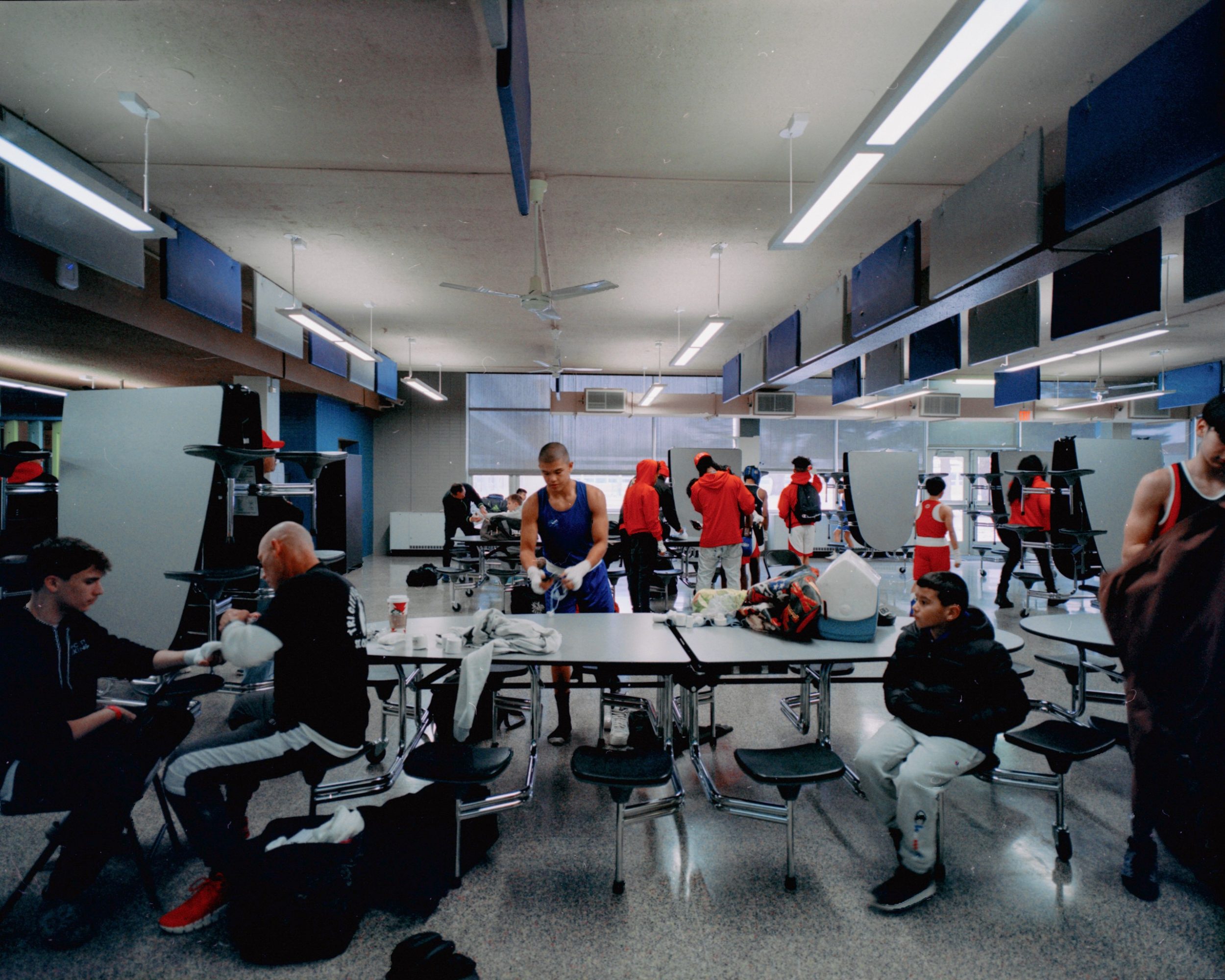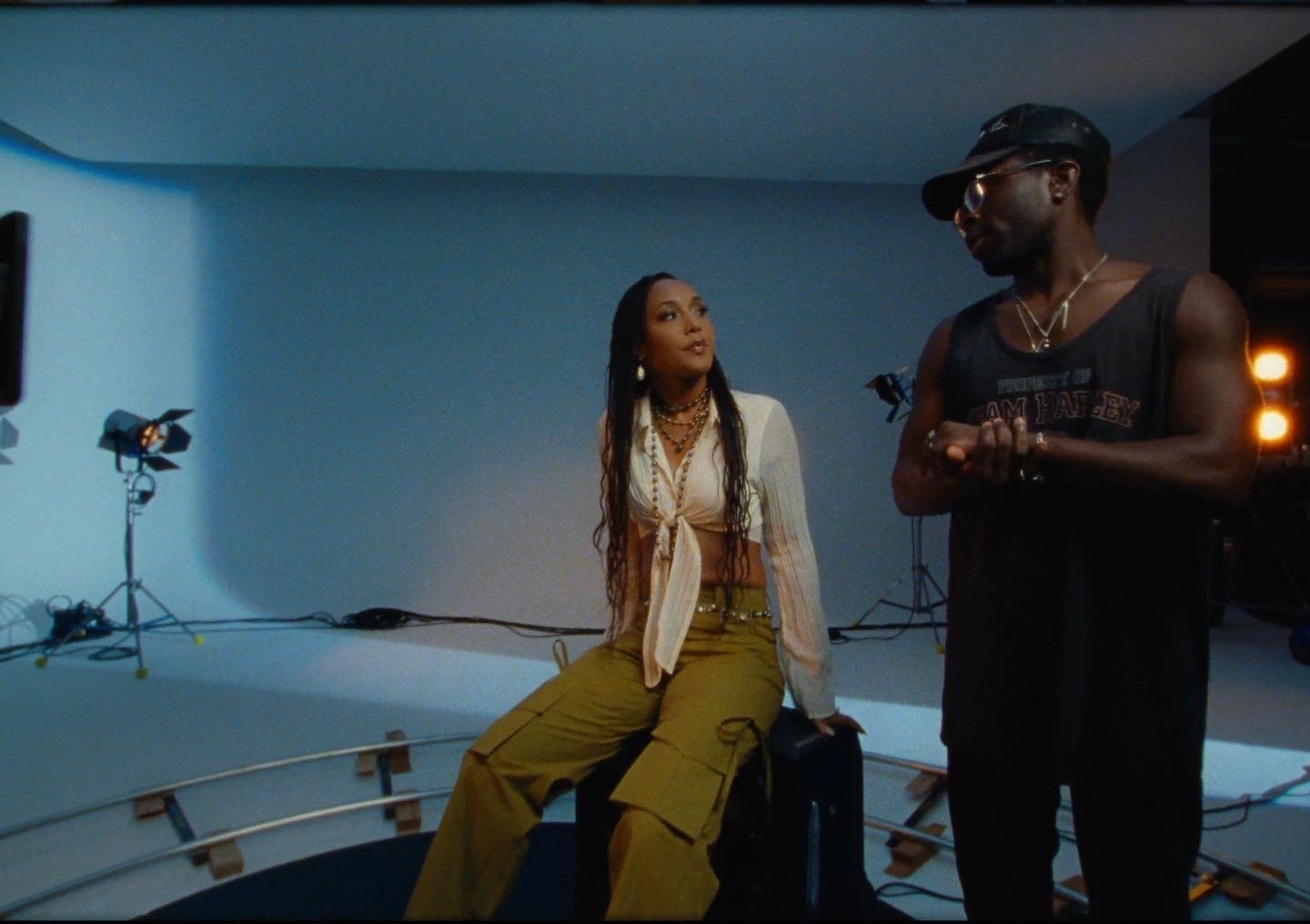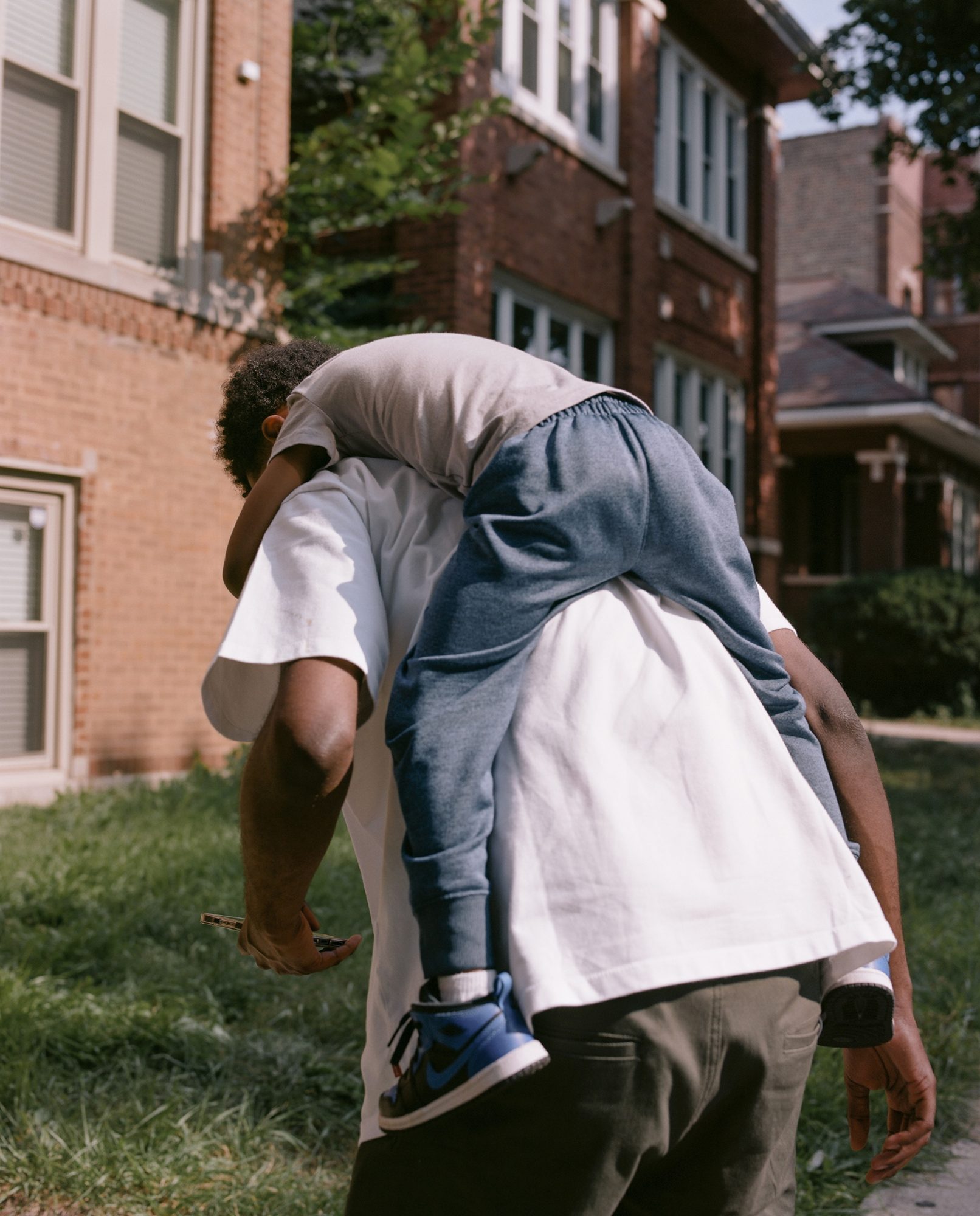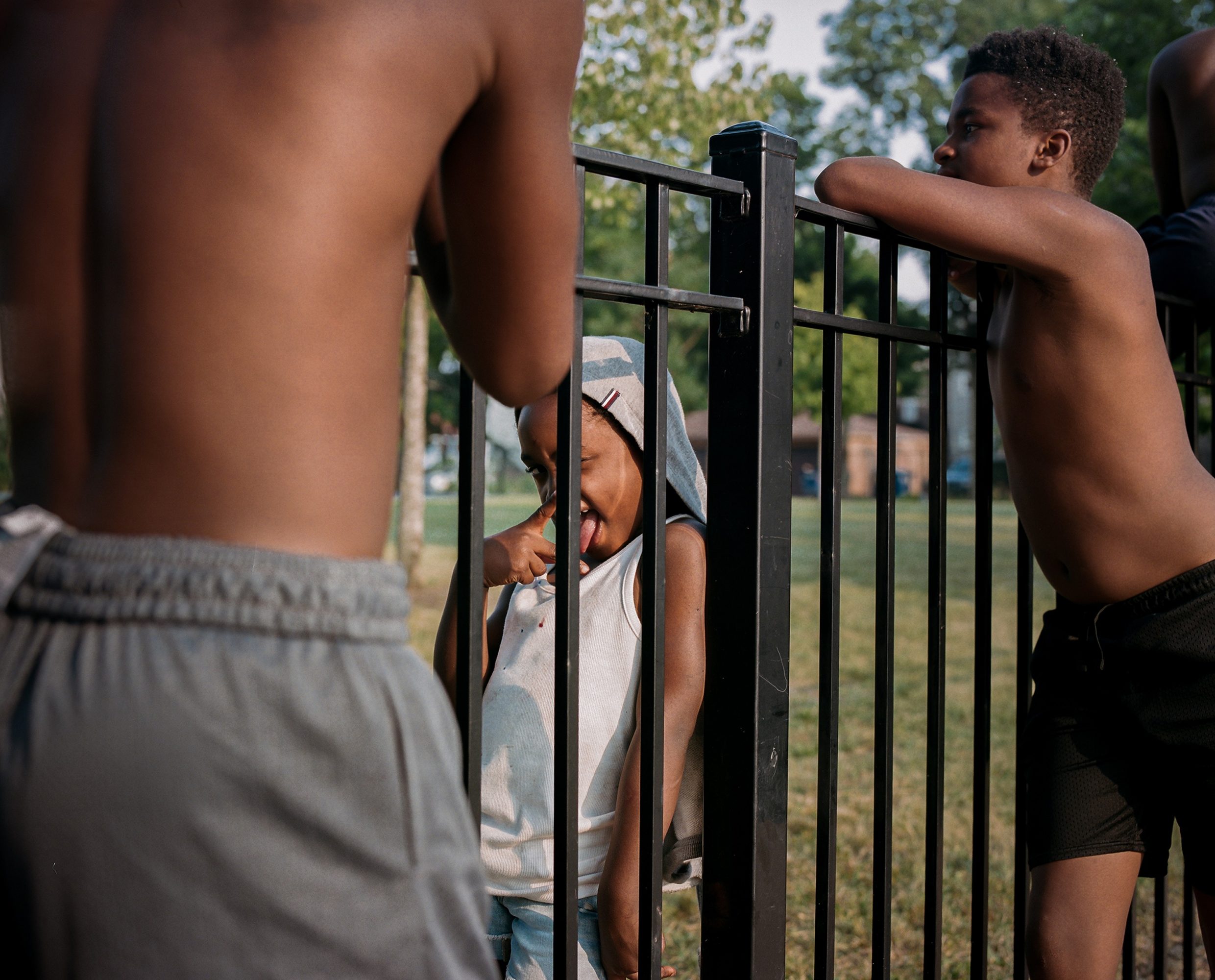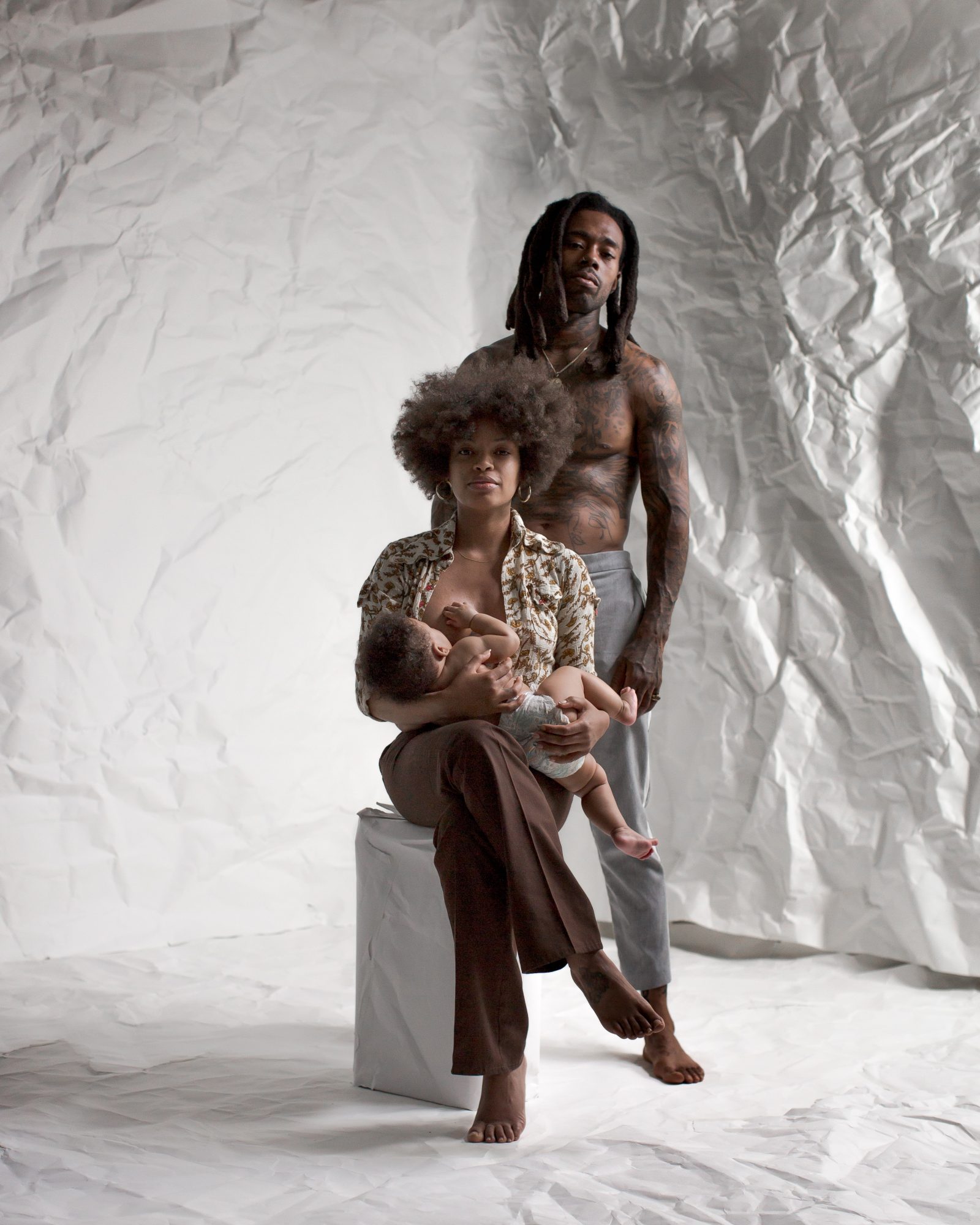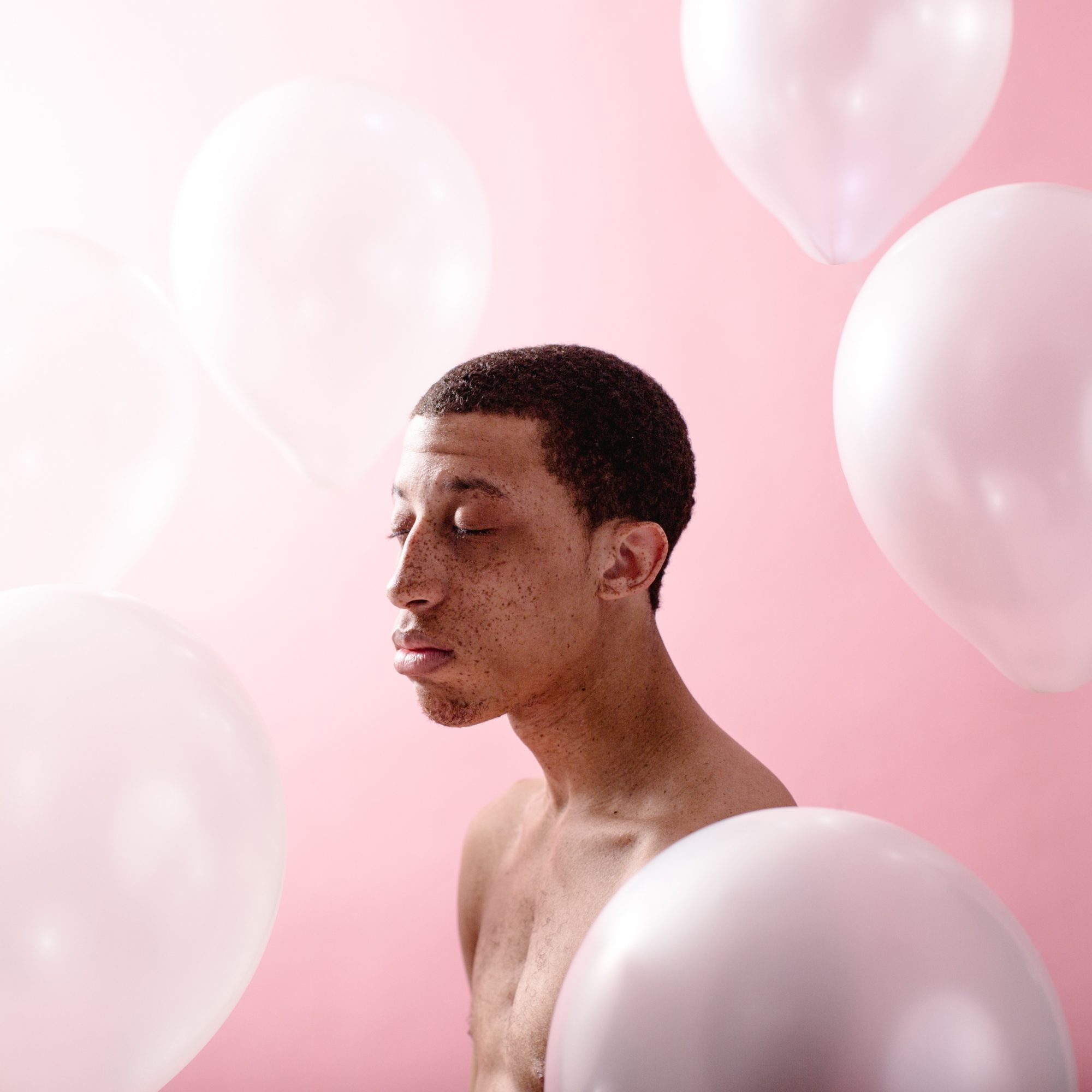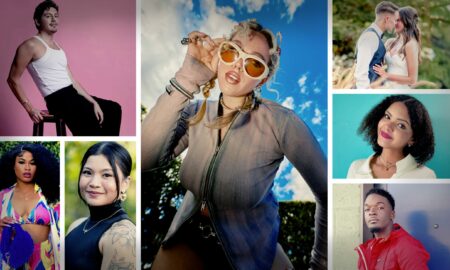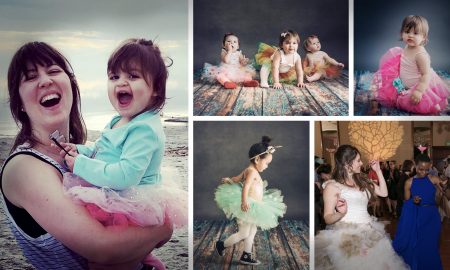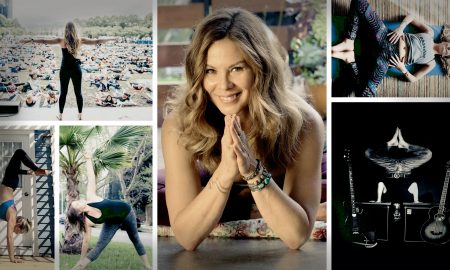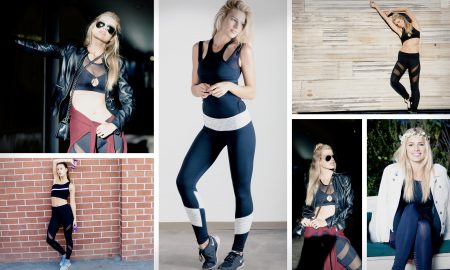
Today we’d like to introduce you to C.T. Robert.
Alright, so thank you so much for sharing your story and insight with our readers. To kick things off, can you tell us a bit about how you got started?
My name is Cam Robert, but I go by C.T. I grew up in Germantown, MD, and now I find myself bouncing between New York, LA and Chicago.
My journey to filmmaking was somewhat of a long one. Though my first memory of being a filmmaker goes back to me being 12 years old, shooting a janky music video in the basement of my best friend’s house, I never took it seriously until much later. For years it was something of a hidden passion until I was about 18 or 19. I always found myself shooting random things with friends or attending summer seminars about it, but never once along the way did I think it could turn into an actual career. This is why by the time I left for college I didn’t opt to study filmmaking in college but instead opted to study photojournalism. In my eyes at the time, that seemed like a more feasible option where I could get a “real” job working at a newspaper or editorial, all while still being career-adjacent to filmmaking through my constant ability to tell stories and get behind the camera. I actually ended up being pretty successful in that space early on, working at places like NPR and Vevo for several years, but it didn’t end up lasting because I always had that itch to do more creatively. It’s funny though, my time working in journalism ended up shaping me in more ways than I could’ve imagined; in how I approach storytelling and aim to portray my subjects; so for that I’m forever grateful for my time in this space. I don’t think I would have these naturalistic sensibilities in my approach as much as I do now without having gone down this route.
Once I left the 9 to 5 setting of those jobs in 2019, I started freelancing full time, which ended up being the best decision of my life as I soon found myself shooting with all types of brands and meeting all kinds of people; whether that be working alongside Kerby Jean-Raymond at Pyer Moss, writing and directing music videos for artist or directing campaigns alongside creatives at Weiden + Kennedy for Nike. Because of the fact I’ve spent so much time having my hands on every aspect of filmmaking over the years, it’s allowed me to become a bit of a Swiss army knife. One day I’ll be DPing a music video and the next I’ll be directing a short documentary. It keeps things interesting and has made this whole journey one that continues to fill my cup over.
Would you say it’s been a smooth road, and if not what are some of the biggest challenges you’ve faced along the way?
I don’t think I’d characterize my journey as a smooth road by any means. More times than I can remember something has gone wrong along the way, but I think what has made it fulfilling is knowing that every obstacle that has been thrown my way I’ve overcome. Whether that be battles with depression and questioning whether I’m making the right decisions or me missing out on certain opportunities, I’ve come to realize that these lulls are all a part of the process and what makes me as an artist and as a person. I now look at setbacks as lessons and footnotes on my journey to fulfilling my goals.
Most of my work comes from the heart and I’ve found that’s been my hardest hill to climb as I’ve evolved as an artist. This is because it’s easy to get in your own way and doubt yourself out of your blessings because you don’t think what you have to say is not worth saying if others don’t fully understand it. I used to think that I had to take an experience that I had and figure out how to filter pieces of me into a form that others can truly understand. Over time I realized that feelings are very much subjective, and finding out how to best articulate them in a way that everyone can understand is a fool’s errand and I think that’s where many artists get hung up. I know for myself I would hang onto ideas out of fear of how others would interpret it or judge it, but over time I’ve realized that it’s okay for others not to fully understand what you’re trying to express so long as you feel good about making the piece. Also, ironically enough, I’ve found that the better I feel about a project, the more refined the visions ultimately end up being, so now I go out of my way to try and find that feeling.
Thanks for sharing that. So, maybe next you can tell us a bit more about your work?
I am a filmmaker, photographer and creative director. With regard to filmmaking, my main role is directing, but I also lean into several other elements of the craft in order to better understand the art form as a whole. For example, I also am a DP and editor. Between filmmaking and photography, I would say the one thing I’d say I specialize in is telling stories that feel honest. By honest I mean telling stories that feel soulful and have layers of depth to them or approach simple ideas in complex ways. I’ve never been into taking a linear approach in my storytelling, so a running theme you’ll find in the stories I tell is the use of non-linear storytelling or exploiting time in ways that leave the viewer in a space that feels familiar yet foreign. I think that in between space can oftentimes be surreal as artists we can use that to better articulate feelings that often time can’t really be expressed with words. I tend to do this in my photography and filmmaking when tending to topics that deal with the Black experience but this same approach can be applied to other topics as well.
If there was a project I’m most proud of it would be my creative direction work for my friend Saba’s album ‘Few Good Things’. On this project, I directed a short film and handled all of the visuals for the project that touched on his family’s history and their journey to Chicago during the Great Migration. Using that as the backdrop, we highlight what his grandmother’s home meant for the family before they lost it when he was a kid and the effects it had on him coming up after it was boarded up. This spoke towards a larger conversation regarding infrastructural failures in Chicago (ie. housing crisis, crime, etc.) and juxtaposed it against this idea that the Great Migration marked a time of prosperity for many Black people in the city. Ultimately we wanted to highlight how many of these things happen in cycles — it’s also the reason we interweaved images of nature and took a softer approach to some of the heavier themes. Essentially we wanted to create this idea that this may be seen as a place not worth living to many, yet to those who do there’s so much life worth living because it’s where so much love exists. Life goes on and just because circumstances are one way, doesn’t mean it needs to stay that way.
This sort of approach to storytelling is what I think is my best attribute as an artist. Everything I do has multiple layers to it and I think that’s what makes my stories enriching for people. In an era where there is so much stuff being made in the world, I think finding individuals with something to say and saying it in ways that are unique and doesn’t feel on the nose is rare. I try to align with that in everything I do and I feel like I accomplish it… but also that’s for others to judge, haha.
What sort of changes are you expecting over the next 5-10 years?
At the moment the biggest shift I see in the industry in the next few years is the utilization of AI. Some people have a lot of negative things about it but I’m honestly extremely excited about the possibilities that will be able to be made as a result of the new development. The amount of new ideas that will be found as a result of some of the initial groundwork being sorted by AI will only lead to more refined stories and new perspectives in my mind. I think the fear currently is that AI will completely replace human creativity and be able to push out complex stories but I think what people don’t consider is that there’s something innate in human creativity that no AI could ever replicate. It’s sort of like the shift from artisans to mass-produced products. Those little nuances that you find when a cobbler makes a special pair of boots versus a pair of Timberlands you may purchase from Walmart can instantly be felt in my opinion. All of those cobbler’s decisions and micro-adjustments that are informed by previous mistakes are what make that pair of boots unique compared to something that is automated. That’s not to say on is better than the other, but I would equate those micro-adjustments as the soul of creativity. It’s jazz. You can’t always plan it, and while AI can get close until it gets to a point where it has a consciousness I don’t think it would be able to replicate it in the same way — that’s because everything it’s riffing off of is an iteration of what is, rather than what could be. Human experience paired with AI can lead to so many possibilities though, and I’m excited to see where it goes, particularly in film, in the future.
Contact Info:
- Website: www.camrobert.com
- Instagram: @cont4ct
- Other: https://vimeo.com/justfilm

